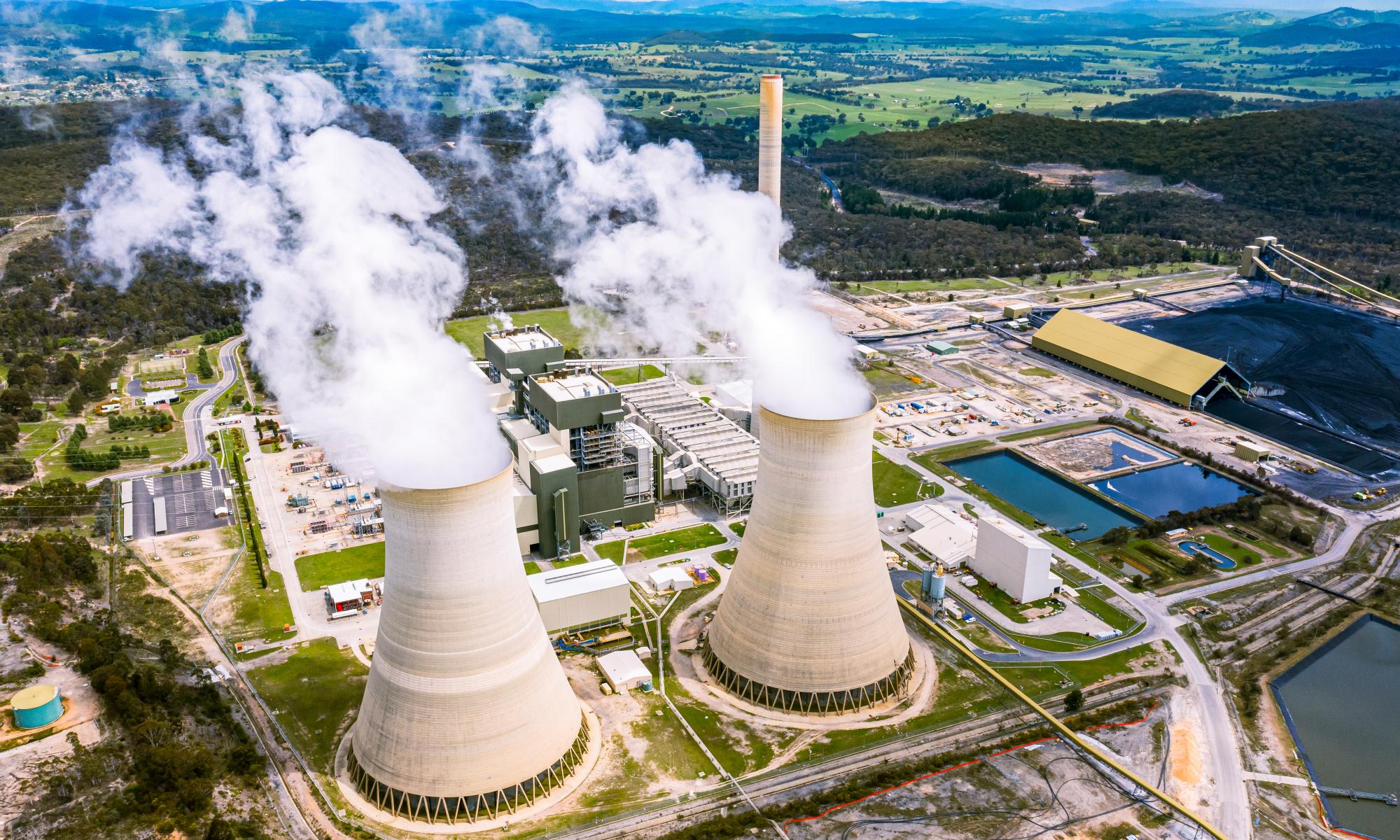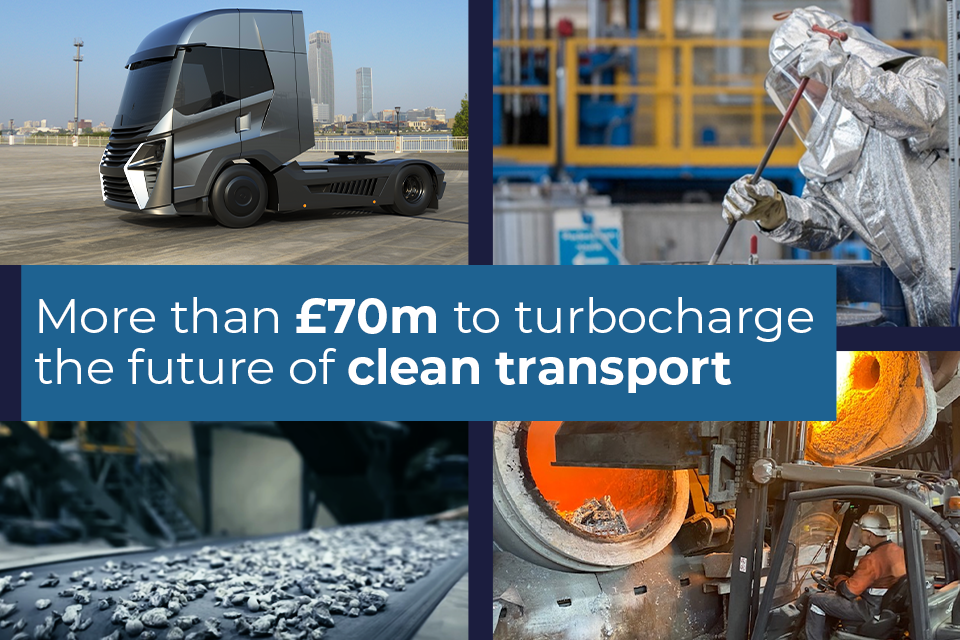Demand for batteries linked to rooftop solar panels has soared in the past month amid energy price rices and the coldest start to winter in decades.
According to Solar Victoria chief executive, Stan Krpan, inquiries into battery rebates in Victoria have spiked in the past two weeks.
The Andrews government, which expanded its solar rebate scheme in the March budget, offers up to $3,500 for households to install a solar battery, as well as rebates for solar panels and solar hot water systems.
The Clean Energy Council, the industry group representing Australia’s renewables industry, also said solar retailers were reporting a boom in sales enquiries.
About 30% of Australian homes have rooftop solar, the highest rate in the world.
Battery systems provide power for use at night, on cloudy days or, in some cases, in blackouts.
Krpan said there had been 5,842 battery rebate applications approved this financial year, with three weeks left to go – more than double the number received last year.
“In the past two weeks, phone inquiries to our contact centre have been 50% higher than the yearly average,” Krpan said.
“We’re expecting this to lead to growth in installations over the winter months.”
Kane Thornton, chief executive of the Clean Energy Council, said solar retailers under the council’s accreditation scheme were reporting significant increases in enquiries, “with consumers looking to take control of their energy bills through rooftop solar and batteries.”
“Recent media stories around the rising cost of electricity and now the threat of interruptions to power supply seem to be a driver of this increase in interest in the feedback we’ve received,” he said.
More than three million Australian households and small businesses now had solar systems installed, according to Thornton, “and we’re expecting 2022 to be another strong year for small-scale solar and storage.”
Other states and territories offering similar battery schemes including South Australia and the ACT said their strong investment in renewables had softened the blow of the energy price hike.
The ACT was the first state or territory to introduce a battery rebate incentive scheme in 2016, offering households a rebate of $3,500 or 50% of the cost to install a solar battery.
As of 1 June, 2,990 battery install rebates have been issued.
An ACT government spokesperson said there’d been a renewed rise in applications since a zero interest loan scheme was introduced alongside the existing scheme in August last year.
Under the scheme, households can borrow between $2,000 and $15,000 to invest in energy efficient products including rooftop solar, battery and hot water heat pumps.
“Solar and battery storage can save an average householder 60-80% on their electricity bills,” the spokesperson said.
Since South Australia’s home battery scheme began in late 2018, 19,830 households have been conditionally approved for the subsidy, while 18,517 batteries have been installed.
Households who have taken up the scheme reported annual electricity bill reductions between $300 and $2,000.
A spokesperson for the department of energy and mining said inquiries into the SA scheme had increased in the past month, but that could be because it announced last month that the applications would close on 1 September, or earlier if grant money ran out.
Nicki Hutley, former partner at Deloitte Access Economics, said the ACT and South Australia were “showing the rest of the nation” how investment in renewables brought greater household and business returns.
“As one of the sunniest and windiest countries on earth, we have the tools we need,” Hutley said. “Governments can step up by attracting capital and by investing in more labour skills to support the transition.”
Household power bills in the ACT are expected to be about $800 lower than those in NSW next financial year, after the territory cut electricity prices due to securing a long-term supply of cheap renewable energy.
While battery rebates are relatively new, rebates for solar panels have been available for more than five years and growth in the installation of new rooftop solar systems has started to slow.
Installed rooftop solar PV capacity was down 28% in the 2022 March quarter compared to the same period last year, the Clean Energy Regulator’s latest report has found.
Clean Energy Regulator chair, David Parker, said it was always anticipated the trend would eventually slow.
“The decline this year is in line with the decline in home improvements spending which boomed during the first two years of the pandemic,” Parker said.
The report also cited cost of living pressures and feed in tariffs decreasing over the past year as possible factors in the downturn.
“This is still the third-highest annual capacity ever and is higher than pre-pandemic installation rates,” he said.


